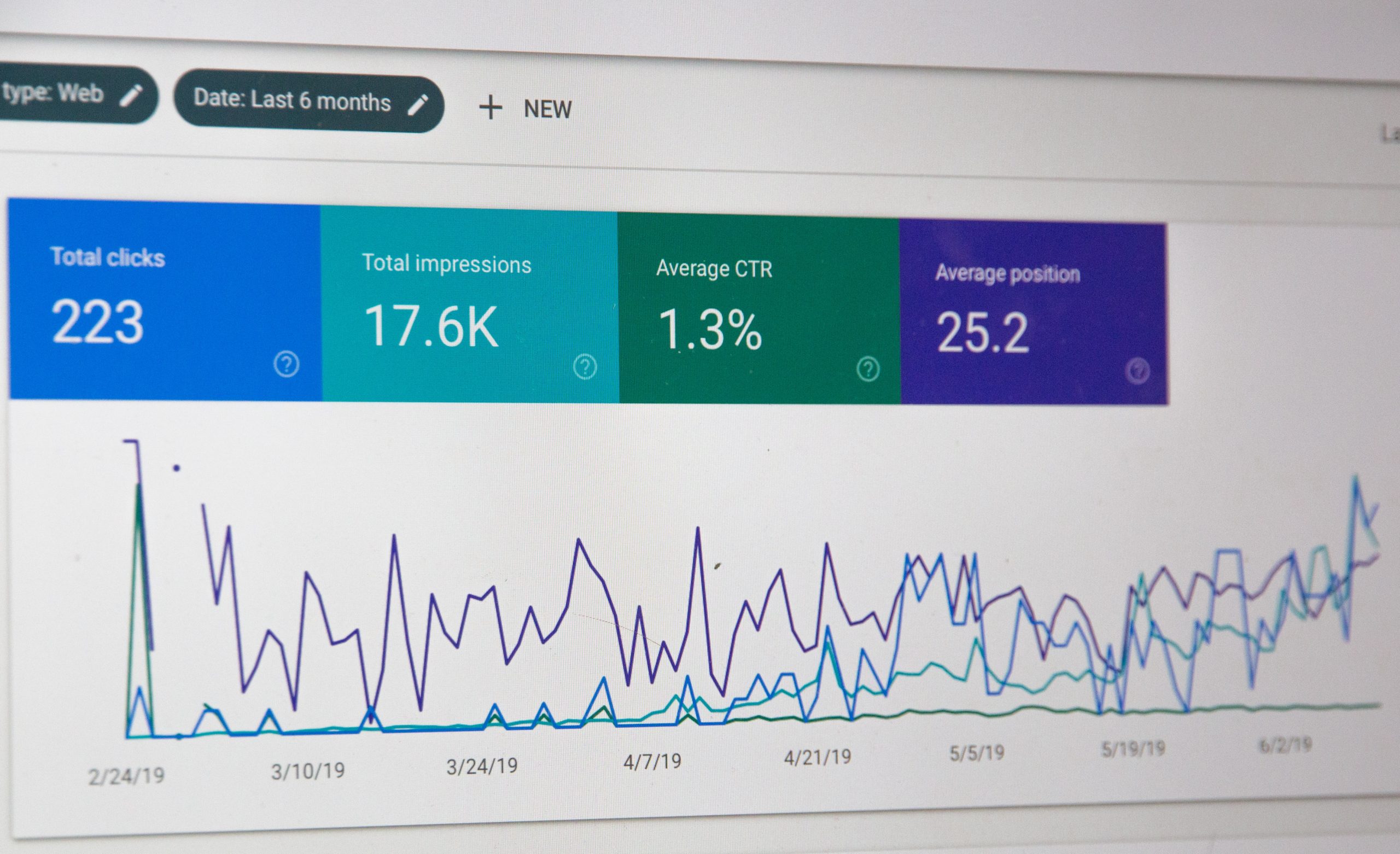Definition of SEO (Search Engine Optimization)
What is SEO? SEO (Search Engine Optimization)
This term refers to the set of techniques used to improve the position of a website on search engine results pages (SERP). It is also called natural referencing. The goal of an expert in natural referencing is to enhance the visibility of the websites they handle by helping them gain positions on search engines (Google, as well as Yahoo!, Bing, etc.). The aim is to connect internet users interested in products/services or informative content.
A site is considered well-optimized or referenced if it is found in the first positions of a search engine for desired queries.
What are the main criteria in SEO?
Generally worldwide, the most visited websites by internet users are those appearing on the very first page of results (among the top 10). Among these top 10 results, the first 3 sites are the most visited.
According to studies, the figures regarding the percentage of clicks on Google search results based on their position on the SERP are as follows:
- 1st position: 33% of clicks on desktop
- 2nd position: 15.6% of clicks on desktop and the same on mobile
- 3rd position: 10% of clicks on desktop and the same on mobile
The first 3 results thus represent nearly 60% of clicks on search engines. Hence, the importance of being well-placed in natural results.
Google rates websites by relevance. The better the scores, the more visible they are and the closer they get to the first page. To be relevant to the search engine, several criteria are considered.
On-page Optimization: Textual content of site pages
On-page or on-site optimization involves techniques to improve the quality of a site/page’s content. Several elements need enhancement based on your keyword strategy:
- Title tag
- Meta tags (Meta description, robots, keywords)
- Semantic markup (H1-H6)
- URLs
- Page content (Body)
- Internal linking (internal links)
Off-page Optimization: External links (Netlinking)
Conversely, the off-site part encompasses everything related to a site’s environment, including links redirecting to a page. This includes:
- Source of external links (backlinks from quality sites are more relevant to Google)
- Link anchor (which term is used to redirect to your site)
The quantity of links is also a factor, but it is more important to focus on the quality of links than their quantity.
User Experience (UX)
This aspect is the most recent consideration by Google. However, for years, it has been evident that this point is crucial if one wants to secure positions in the top search results.
Several important criteria can be distinguished for SEO:
- Site ergonomics: appearance and quality
- Bounce rate
- Conversion rate
- User journey
If these elements are well-addressed, they are likely to help you gain numerous positions in the results and make you much more visible. However, neglecting the user experience would be a serious mistake. You risk being penalized by search engines, and this risk is increasing as they continue to raise their standards in this domain. Do not underestimate them!
The technical elements related to the site’s infrastructure (HTML code, domain name, crawl, etc.)
These are all elements that impact the user experience (UX). These factors are also essential, particularly for reducing bounce rates or improving a site’s conversion rate.
- Page weight and loading speed (very important)
- Site appearance and quality
- Architecture and hierarchy
While these different points are crucial to address, they only represent the tip of the iceberg. Natural referencing indeed involves a multitude of actions and a regularity of efforts. It is through all these operations that will enhance the image of your site for Google or any search engine. In any case, natural referencing takes time.
SERP: Which Criteria to Consider in SEO?
SERPs analyze sites using algorithms that take into account several hundred different criteria. These criteria vary from year to year, and these algorithms are becoming increasingly precise and sophisticated. They filter sites based on their nature and the type of queries they address. Thus, there are filters corresponding to a geolocated, image-related, current, musical query, etc. To better meet these thematic criteria, SEO is also divided into local SEO, video SEO, image SEO, news SEO, etc.
Sites naturally present in SERP results are visible due to their reputation, meticulous work, and popularity. They are not the result of payment to Google or other SERPs, unlike paid advertising (SEA Search Engine Advertising). SEO is a long and tedious process, while SEA is quick but temporary. With a Google Ads agency, you can get assistance with managing your advertising campaigns. An advertising campaign composed of SEA and SEO is called SEM (Search Engine Marketing). So, we have the following equation: SEO + SEA = SEM
How to implement good practices in natural referencing?
Ideally, a SEO strategy should be incorporated with each website creation so that it can be directly designed according to SERP criteria. If this is not the case, an SEO audit is necessary to assess what has been previously implemented before making modifications/optimizations.
SEO professions, therefore, need to be creative, versatile, and innovative. “Good ideas” and preliminary tests before implementing new strategies are essential to maintain or gain new positions for websites in the long term.
In conclusion, mastering natural referencing tools requires both significant technical and marketing knowledge. It is essential for a professional to stay informed about web developments and trends to respond to changes or the launch of a new algorithm.
Web merchants with large e-commerce sites often have in-house teams responsible for SEO, working closely with the DSIN (Director of Information Systems and Digital). They can also outsource their referencing to a private SEO agency or work with specialized SEO experts. Regardless, the qualifications and motivations of SEO professionals should remain consistent.

